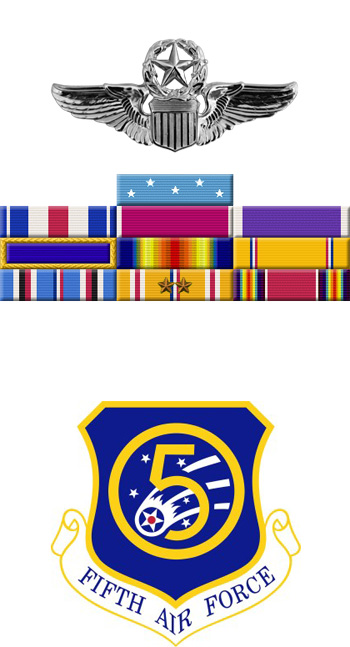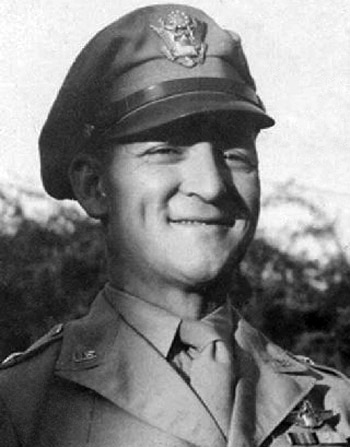
|
Kenneth N. Walker |
 |
|||
| Rank, Service | ||||
Brigadier General O-7, U.S. Army Air Forces |
||||
| Veteran of: | ||||
|
||||
| Tribute: | ||||
Kenneth Walker was born on July 17, 1898, in Cerrillos, New Mexico. He enlisted in the Aviation Section of the U.S. Army Signal Corps on December 15, 1917, and was commissioned a 2d Lt and awarded his pilot wings on November 2, 1918. Lt Walker served as a flying instructor at Brooks and Barron Fields, Texas, and Fort Sill, Oklahoma, before completing the Air Service Operations School at Post Field, Oklahoma, in June 1922. His next assignment was as commander of the Air Intelligence Section at Camp Nichols in the Philippines from December 1922 to February 1925, and then stationed at Langley Field, Virginia, from February 1925 to June 1928. During this time, Capt Walker served on the Air Service Board, was adjutant of the 59th Service Squadron, served as commander of the 11th Bomb Squadron, and served as operations officer for the 2nd Bomb Group. He attended the Air Corps Tactical School at Langley Field from June 1928 to June 1929, and he then served as an instructor at the school until July 1931, when he transferred with the school to Maxwell Field, Alabama. Maj Walker next attended the Command and General Staff School at Fort Leavenworth, Kansas, from June 1934 to June 1935, followed by service at Hamilton Field, California, where he served as intelligence and operations officer for the 7th Bomb Group, commander of the 9th Bomb Squadron, and on the staff of the 7th Bomb Group from June 1935 to February 1938. He served in Hawaii from February 1938 to January 1941, and during this time he served as operations officer for the 5th Bomb Group, executive officer of Hickam Field, and commander of the 18th Pursuit Group. Col Walker next served as assistant chief of the Air War Plans Division in the Office of the Chief of the Air Corps in Washington, D.C., from January 1941 to April 1942, followed by service in the Operations Division of the War Department General Staff in Washington, D.C., from April to July 1942. During his time on the Air War Plans Division staff, he and three colleagues created the blueprint for the American air campaign in the approaching war with Germany (Air War Plans Division - Plan 1) in just under two weeks in August 1941. Gen Walker deployed to the Southwest Pacific Area in July 1942, and was made commanding general of 5th Bomber Command in September 1942. Gen Walker went down in a B-17 Flying Fortress bomber while on a bombing mission over Rabaul, New Britain, on January 5, 1943, and was listed as Missing in Action until declared dead on December 12, 1945. |
||||
|
||||

